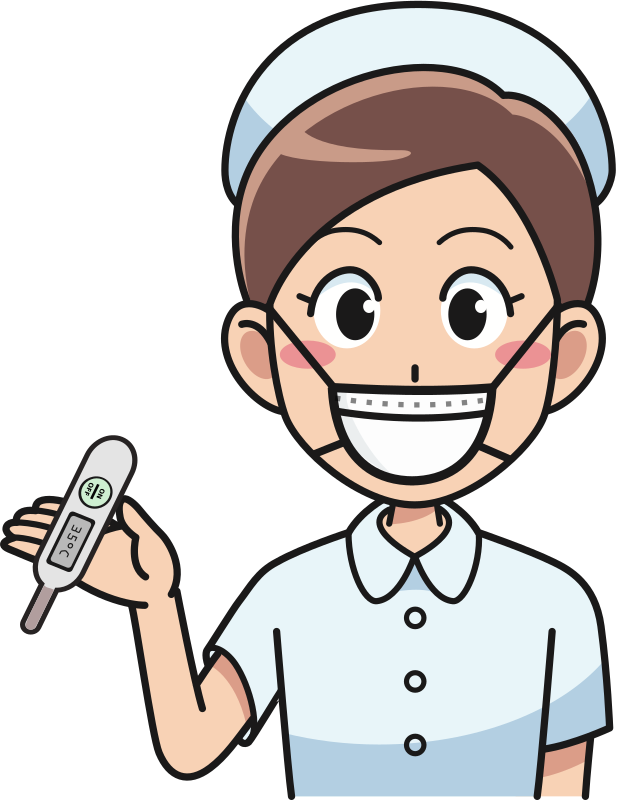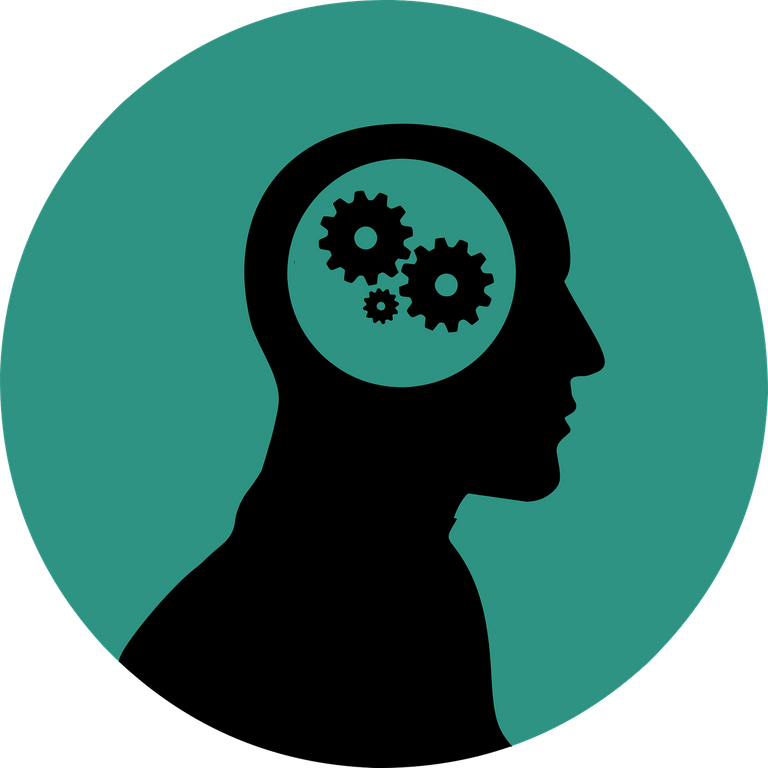Nursing pills: Health Perception and Management [ENG/ITA]
When I enrolled in college nursing I had no idea what was really behind the profession I wanted to be in, discovering it was pleasantly surprising.

source
Nursing (at least in Italy) is based on Marjory Gordon's theory that all human beings share certain functional patterns that contribute to their health, quality of life and realization of human potential.
To make a practical example we can imagine the human body as a washing machine and patterns as instructions that tell you how things should be, when everything works and how to understand and behave if something does not work correctly.
Obviously the human body is not a washing machine and in fact the models are not a list of things to do, but they represent a kind of scheme that helps us to understand the aspects of life that could be cause of problems, those that risk to become harmful or those that benefit our health.

source
There are 11 health patterns and today I would like to talk about one in particular:
Health Perception and Management
It describes the patient's perceived pattern of health and well-being and how they manage their health. It also includes prevention and promotion activities, medical and nursing prescriptions and periodic checkups.
It is an "umbrella" model because all other models that are considered specific areas of health management can be grouped under it. In fact, health management habits can show a functional or dysfunctional model, but above all they can influence decisions regarding other models such as the Nutritional metabolic one.
The main aspects to be defined are:
Locus of control: a person may think that the events of his life are produced by his behaviors or actions (internal locus) or by external causes independent of his will for example fate (external locus).
The latter is positive when the person allows himself to be helped and guided when necessary, but in general tends to discourage people who do not feel masters of their lives and therefore suffer it in a passive way.Risk: The likelihood that the dangerous event will occur. Choices regarding health stem from risk perception, risk taking (unhealthy behaviors), and risk propensity (personality traits).
Change: a person's locus of control and perception of risk help us understand their willingness to change if there are habits to change or things to correct.

Rogers' Theory
Within a community, the willingness to change is distributed according to the rules of the Gaussian curve.
- 2.5% innovative: adopt change immediately
- 13.5% open to change: adopt change fairly quickly
- 34% procrastinators
- 34% reluctant to change: show skepticism
- 16% resistant to change
According to Rogers' theory, which seeks to clarify what drives a person to change his or her behavior from harmful to healthy, the interventions to be implemented will be different depending on the segment. For example, for the innovators it will be enough to improve their level of knowledge about their unhealthy attitude, while for the resistant this will not be enough.
According to his theory, the motivation to protect oneself is greater than the fear of risk. Influences are:
- the severity of the health threat
- the vulnerability of the individual
- confidence in one's own abilities
- the type of gratification derived from the harmful behavior (high or low)
- the costs of change

~ Italian version~
Quando mi sono iscritta all’università di infermieristica non avevo idea di quello che realmente c’era dietro la professione che volevo fare, scoprendolo sono rimasta piacevolmente sorpresa.

source
L’erogazione dell’assistenza infermieristica (almeno in Italia) si basa sulla teoria di Marjory Gordon secondo cui tutti gli esseri umani hanno in comune certi modelli funzionali che contribuiscono alla loro salute, qualità della vita e realizzazione del potenziale umano.
Per fare un esempio pratico si può immaginare il corpo umano come una lavatrice e i modelli come le istruzioni che ti dicono come dovrebbero essere le cose, quando tutto funziona e come capire e comportarsi se qualcosa non funziona correttamente.
Ovviamente il corpo umano non è una lavatrice e infatti i modelli non sono un elenco di cose da fare, ma rappresentano una sorta di schema che ci aiuta a comprendere gli aspetti della vita che potrebbero essere causa di problemi, quelli che rischiano di diventare dannosi oppure quelli che giovano alla nostra salute.

I modelli in tutto sono 11 e oggi vorrei parlare di uno in particolare:
Modello della percezione e gestione della salute
Descrive il modello di salute e benessere percepito dal paziente e il modo in cui gestisce la propria salute. Comprende quindi anche le attività di prevenzione e promozione, le prescrizioni mediche e infermieristiche e i controlli periodici.
È un modello “ombrello” perché sotto di esso possono essere raggruppati tutti gli altri modelli che vengono considerati aree specifiche della gestione della salute. Infatti le abitudini di gestione della propria salute possono indicare un modello funzionale o disfunzionale ma soprattutto possono influenzare le decisioni riguardanti gli altri modelli tipo quello del sonno oppure l’alimentare.
Gli aspetti principali da definire sono:
Locus of control: una persona può pensare che gli avvenimenti della sua vita siano prodotti dai suoi comportamenti o azioni (locus interno) oppure da cause esterne indipendenti dalla sua volontà per esempio il destino (locus esterno).
Quest’ultimo è positivo nel momento in cui la persona si lascia aiutare e guidare quando necessario, ma in generale tende a scoraggiare le persone che non si sentono padroni della loro vita e quindi la subiscono in modo passivo.Rischio: la probabilità che l’evento pericoloso si verifichi. Le scelte riguardanti la salute derivano dalla percezione del rischio, assunzione del rischio (comportamenti non salutari) e dalla propensione al rischio (tratti della personalità).
Cambiamento: Il locus of control e la percezione del rischio di un soggetto ci aiutano a capire la sua propensione al cambiamento qualora ci fossero delle abitudini da cambiare o delle cose da correggere.

Teoria di Rogers
All’interno di una comunità la propensione al cambiamento si distribuisce secondo le regole della curva gaussiana.
- 2,5% innovativi: adottano subito cambiamento
- 13,5% disponibili al cambiamento: adottano cambiamento abbastanza rapidamente
- 34% temporeggiatori
- 34% riluttanti al cambiamento: mostrano scetticismo
- 16% resistenti al cambiamento
Secondo la teoria di Rogers, che cerca di chiarire cosa spinge una persona a cambiare il suo comportamento da nocivo a salutare, gli interventi da attuare saranno diversi a seconda della fascia di appartenenza. Per esempio per gli innovatori basterà migliorare il loro grado di conoscenza su un loro atteggiamento poco salutare, mentre per i resistenti questo non basterà.
Sempre secondo la sua teoria la motivazione a proteggersi è tanto più grande quanto lo è la paura del rischio. In particolare influiscono:
- la gravità della minaccia alla salute
- la vulnerabilità dell’individuo
- la fiducia nelle proprie capacità
- il tipo di gratificazione che deriva dal comportamento nocivo (alta o bassa)
- i costi del cambiamento
References
- http://www.scienzeinfermieristiche.net/modelli_funzionali_di_marjory_gordon.html
- http://korraton.altervista.org/modelli-e-accertamento/
- Craven R. Principi fondamentali dell’assistenza infermieristica, Casa editrice ambrosiana 2018
Mi imbarcai anche io in questa avventura!
!discovery 35
Si è proprio un'avventura con mille cose da fare e imparare :)
This post was shared and voted inside the discord by the curators team of discovery-it
Join our community! hive-193212
Discovery-it is also a Witness, vote for us here
Delegate to us for passive income. Check our 80% fee-back Program
This is an interesting view/side of the nursing profession . I thought nursing is all about the injections and what not. Thanks for the education.
I thought that too, then I discovered the whole world that is or at least should be behind it and it seemed nice to share some of it. Thanks for reading and appreciating my post! :)
Congratulations @ierondale! You have completed the following achievement on the Hive blockchain and have been rewarded with new badge(s) :
Your next target is to reach 1750 upvotes.
You can view your badges on your board and compare yourself to others in the Ranking
If you no longer want to receive notifications, reply to this comment with the word
STOPSupport the HiveBuzz project. Vote for our proposal!
Thanks for your contribution to the STEMsocial community. Feel free to join us on discord to get to know the rest of us!
Please consider supporting our funding proposal, approving our witness (@stem.witness) or delegating to the @stemsocial account (for some ROI).
Please consider using the STEMsocial app app and including @stemsocial as a beneficiary to get a stronger support.